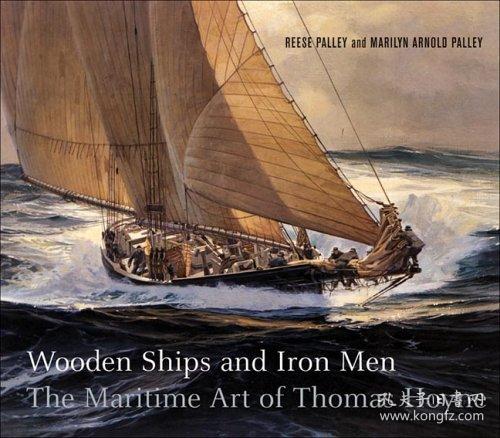Introduction
Fishing, an ancient pastime that has stood the test of time, offers a unique blend of relaxation, patience, and the thrill of the catch. Whether you are a seasoned angler or a beginner looking to cast your line into the water, mastering the art of fishing requires a blend of knowledge, skill, and a deep respect for the natural world. In this comprehensive guide, we will delve into the essential fishing techniques that will help you become a more proficient angler, no matter where you choose to fish.
Choosing the Right Equipment
The first step in mastering the art of fishing is to ensure you have the right equipment. Here's a breakdown of the essential gear you'll need:
1 Rod and Reel
- Types of Rods: Spinning rods are versatile and great for beginners, while baitcasting rods are ideal for casting heavier lures.
- Reels: Spinning reels are user-friendly for beginners, while baitcasting reels offer more control for casting heavier lures.
2 Line
- Monofilament: Versatile and easy to handle, but susceptible to stretch.
- Braid: Strong and invisible underwater, but can be difficult to handle.
- Fluorocarbon: Combines the strength of braid with the flexibility of monofilament.
3 Lures and Baits
- Lures: Artificial imitations of fish or insects, designed to attract fish.
- Baits: Real or artificial food sources that fish naturally feed on.
Understanding Fish Behavior
To catch fish, you need to understand their behavior and habitat. Here are some key points to consider:
1 Fish Species
- Different species of fish have different preferences for food, habitat, and behavior.
- Research the species you are targeting to understand their habits.
2 Seasonal Patterns
- Fish migration, spawning, and feeding patterns change with the seasons.
- Adapt your tactics accordingly to match the fish's seasonal needs.
3 Habitat
- Fish tend to congregate in areas with cover, structure, or food sources.
- Look for areas with rocks, logs, weeds, or other natural features.
Casting Techniques
Casting is a fundamental skill that every angler must master. Here are some casting techniques to help you improve:
1 Basic Casting
- Hold the rod with a comfortable grip and position your feet shoulder-width apart.
- Swing the rod back and forth, releasing the line at the end of the backcast.
- Practice until you can cast accurately and consistently.
2 Baitcasting
- Use a higher rod angle and a more forceful backcast to load the reel.
- Watch for the line to straighten and then release it with a smooth motion.
3 Spinning
- Use a lower rod angle and a more gentle backcast to load the reel.
- Release the line as the lure reaches the end of the backcast.
Fishing Techniques
Once you have your casting down, it's time to focus on fishing techniques:
1 Lure Selection
- Choose lures that mimic the natural prey of the fish you're targeting.
- Experiment with different colors, sizes, and actions to find what works best.
2 Presenting the Lure
- Use a variety of retrieves, such as slow, steady, or erratic movements.
- Pay attention to the water conditions and adjust your technique accordingly.
3 Bait Presentation

- If using live bait, ensure it's fresh and presented in a natural manner.
- For artificial baits, mimic the movement and appearance of the natural prey.
Reading the Water
To be a successful angler, you need to be able to read the water. Here's how to do it:
1 Observe the Surface
- Look for signs of fish activity, such as splashes, bubbles, or surface disturbances.
- Pay attention to areas where the water is moving or has different colors.
2 Analyze the Bottom
- Use a fishfinder or your eyes to identify structure, such as rocks, weeds, or drop-offs.
- Look for areas where the bottom changes, as these can be hotspots for fish.
Safety and Ethics
Fishing is not just about catching fish; it's also about respecting the environment and other anglers. Here are some safety and ethical considerations:
1 Safety First
- Always wear a life jacket when fishing from a boat.
- Be aware of your surroundings and the weather conditions.
2 Leave No Trace
- Dispose of trash properly and avoid disturbing the natural habitat.
- Respect private property and other anglers' spaces.
Conclusion
Mastering the art of fishing is a journey that requires patience, practice, and a deep appreciation for the natural world. By understanding the basics of equipment, fish behavior, casting techniques, and water reading, you'll be well on your way to becoming a proficient angler. Remember to always prioritize safety and ethics, and enjoy the peacefulness and thrill that fishing has to offer. Happy fishing!












